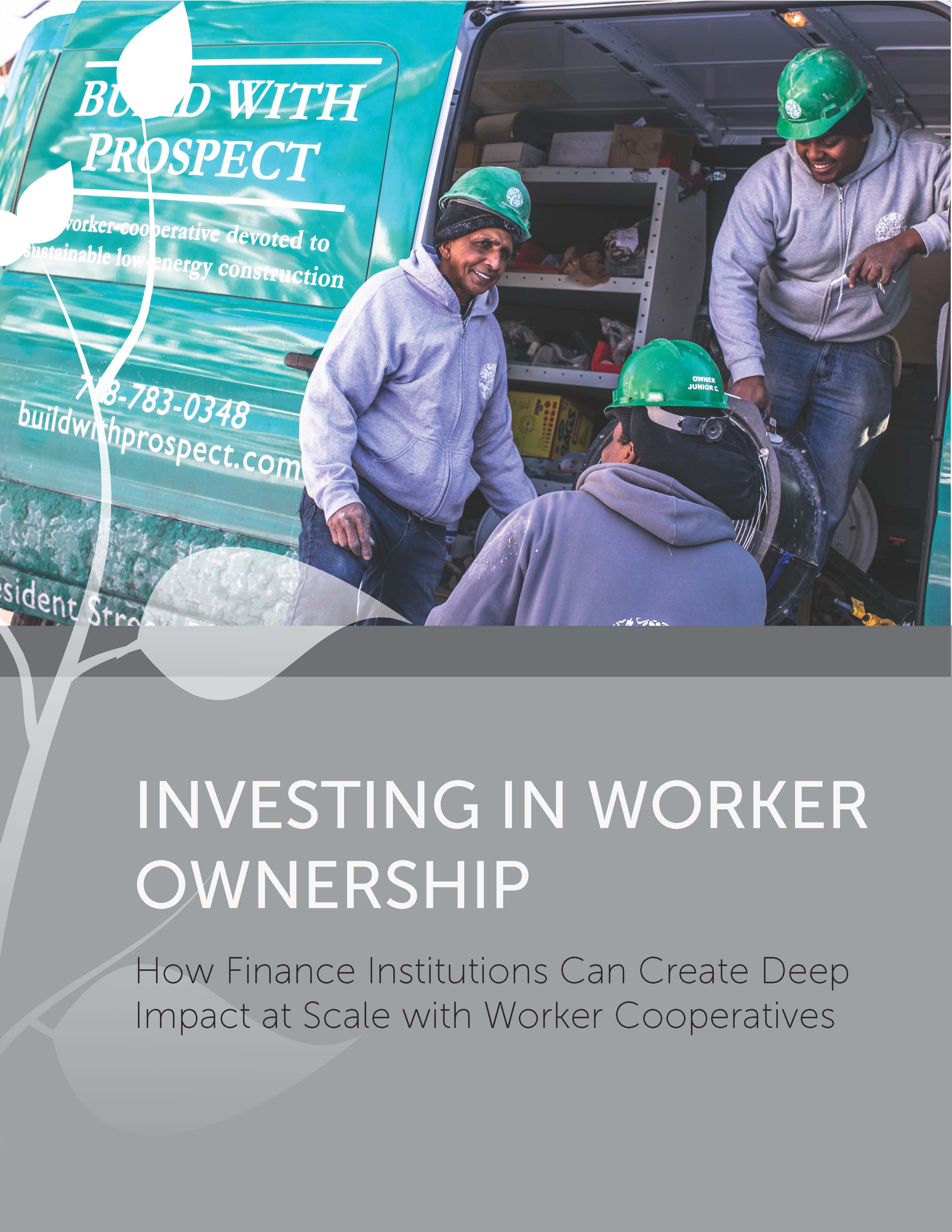For financial institutions looking to create deep and lasting impact, worker cooperatives are a powerful tool for economic and community development. They reduce inequality by allowing a greater segment of the population to build assets through business ownership. They combat poverty by providing access to employment for marginalized populations. And they strengthen local economies by rooting businesses in their communities.
Currently, there are an estimated 300-400 worker cooperatives in the United States that employ approximately 7,000 people. The potential for scale is vast, however, as more and more stakeholders recognize the transformative impact of the model.
In order to effect change that goes beyond these thousands of workers to hundreds of thousands or millions, we must develop a more robust ecosystem of capital sources. This ecosystem should include all types of institutions interested in more than just a financial return: private foundations, community development finance institutions, impact investors, and government actors in community and economic development. Together, these institutions can provide the financial resources necessary to create lasting economic change using the worker cooperative model.
This resource provides an overview of the current capital landscape for worker cooperatives and discusses how finance institutions create real impact in their communities by increasing access to capital for worker cooperatives.


